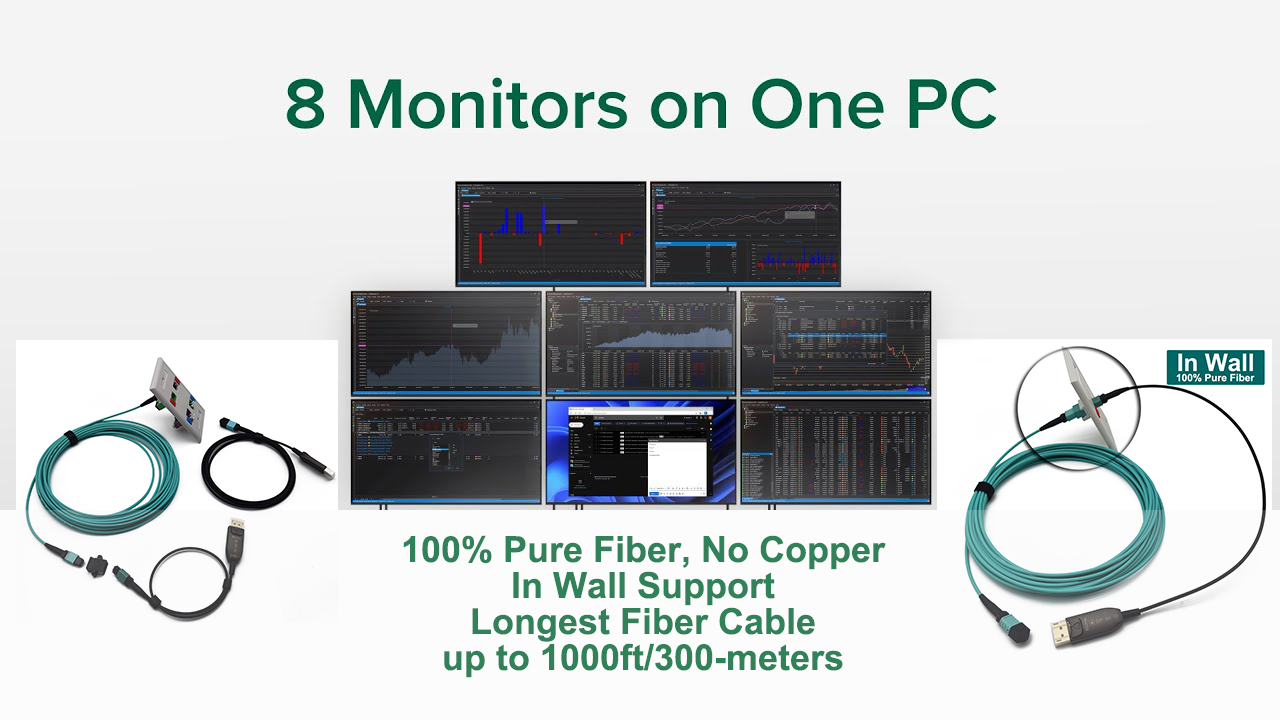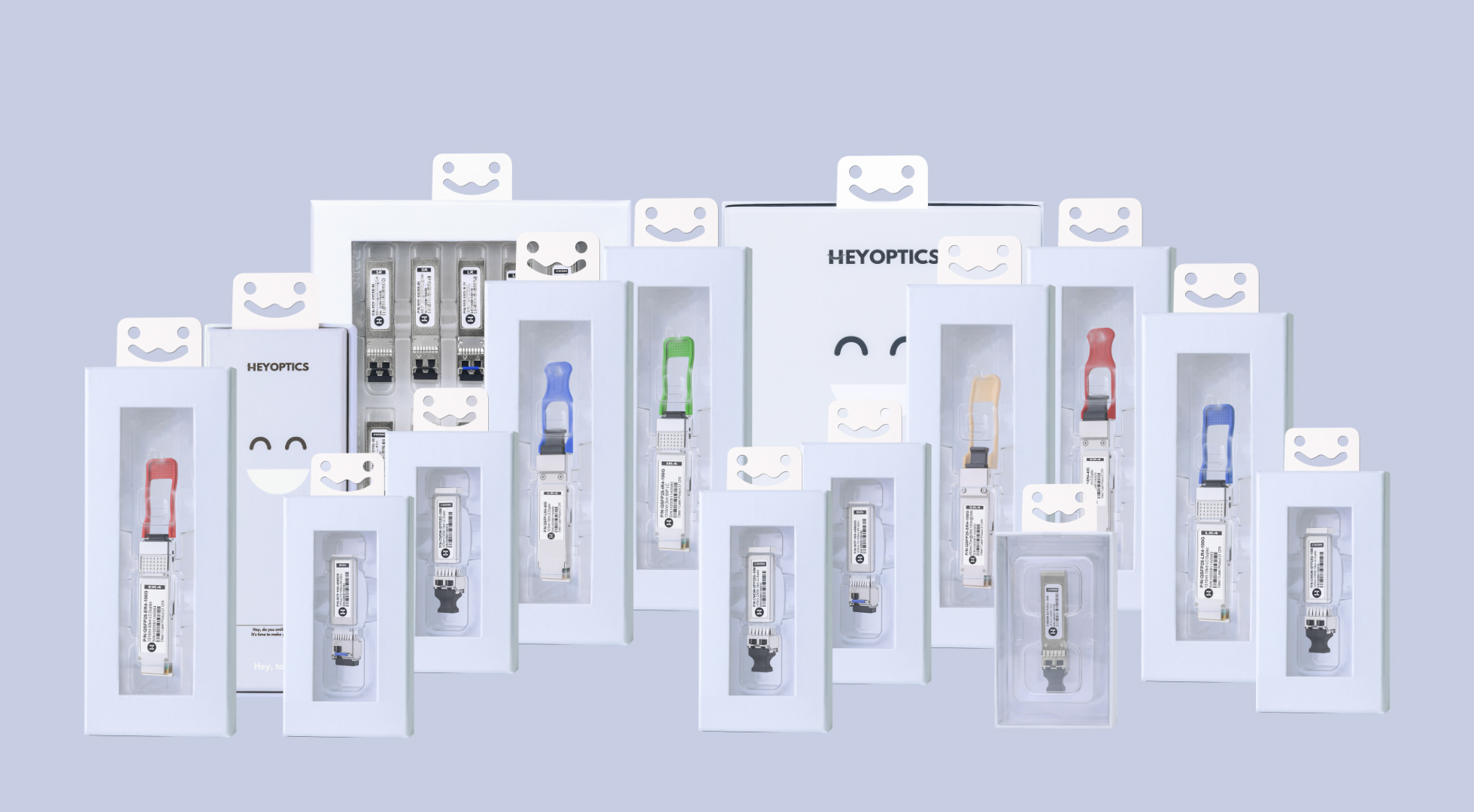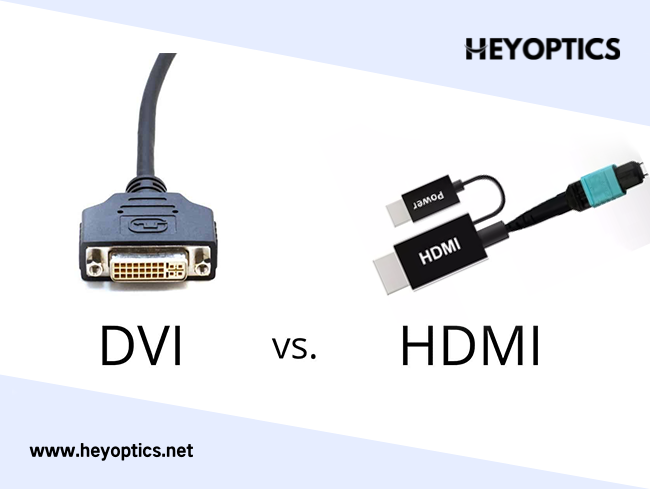Application of Industrial Network in Road Traffic Field
Technology, electronics, and networking have influenced our lives in multiple ways. These domains have changed the way many businesses and departments function, be it industrial units, small businesses, residences, government departments, roads and transportation, and so on. Yes, Internet and networking equipment such as PoE devices and more are used along with IP and CCTV cameras to monitor traffic and thus help a great deal in improving communication and safety on roads. This post discusses the usefulness of networking equipment in the roads and transportation sector.
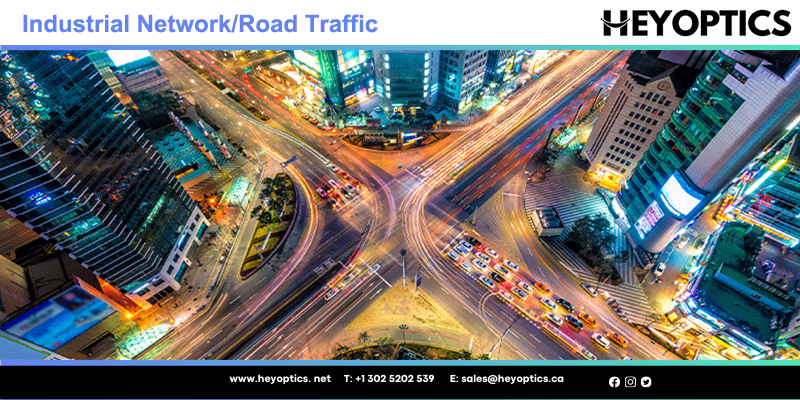
How Does Networking Equipment Help in Road Traffic Control?
Networking and electronics have far and wide applications, much beyond their designated scope. The equipment we use in industries for their private network can be installed at all main traffic junctions and intersection points to enhance road safety. Based on real-time data, these devices offer inputs to signal controlling authorities regarding the frequency of vehicles at a particular junction. Based on these inputs, the signal timers can be adjusted. The typical one-minute timers are quite outdated now as they can’t track the current levels of traffic in their area. Hence, even if there is minimal traffic, vehicles have to wait at the signal for the designated time, until the signal turns green. On the other hand, in case of traffic jams, the waiting time needs to be extended. This cannot be done with the pre-programmed timers. This is where industrial networking equipment comes into the picture. The next section introduces you to some important networking equipment employed for traffic control.
How Industrial Networking Equipment Can Improve Traffic Safety
Traffic intersections allow drivers to navigate through cross-traffic safely and efficiently. Without them, dangerous traffic jams, which can increase the risk of accidents and threaten the safety of drivers, would occur far more frequently. However, such systems face many challenges that threaten the efficient operation of intersection monitoring systems—and, as a result, the safety of drivers. Fortunately, many of the leading problems faced by intersection motioning can be resolved using industrial networking equipment.
Gather information from edge-level devices
When traffic intersections rely on outdated timer systems to direct traffic, they can’t adjust to changes in traffic patterns. As a result, the safety and efficiency of intersections are significantly reduced as traffic jams become much more frequent.
To reduce the frequency of traffic jams, real-time data collection is essential. By monitoring intersections in real time, traffic centers can collect data regarding the number of vehicles and pedestrians waiting at a traffic intersection. Based on the information provided, the centers can then make adjustments, such as lengthening green lights or skipping turn signal phases accordingly to facilitate a smoother flow of traffic.
Industrial networking equipment makes this real-time information transfer possible because of its ability to gather information from edge-level devices. For example, industrial Ethernet switches can expand the number of connection points on Ethernet-based field equipment.
Facilitates efficient transportation to traffic management centers
Information from traffic intersections must be efficiently transported to traffic management centers (TMC) so that they can use such data to further manage and control intersections accordingly.
To facilitate such transportation, managed Ethernet switches with fiber optic connections in each field traffic cabinet are necessary. These industrial Ethernet switches provide long-distance communication at high speeds to help transport the information in a timely manner across the far distances between traffic intersections and TMCs. In addition, such switches also have the infrastructure redundancy required to ensure that the important data arrives at the TMC without issue.
Powering transportation equipment
To gather information at traffic intersections, which can be sent to TMCs to improve their safety and efficiency, a variety of devices such as cameras, sensors, and wireless access points are necessary—all of which require a fair amount of power. Fortunately, industrial networking equipment such as Power over Ethernet (PoE) switches can provide the necessary power to such devices.
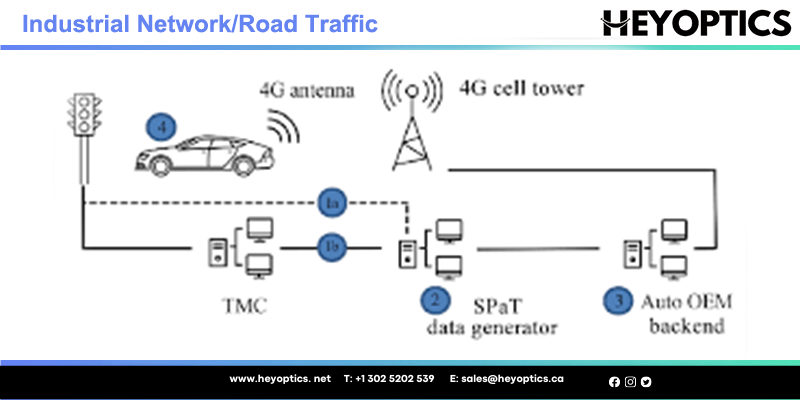
Role of Industrial Ethernet Switches, PoE Devices, and Fiber Optics
Today, most traffic posts utilize CCTV cameras and managed industrial Ethernet switches connected to fiber optic cables for traffic monitoring. The Ethernet switches come in handy in information centralization and allow traffic control rooms to work efficiently. Fiber optics enables seamless data transfer at high speeds. High speed internet is crucial for any real time application and managing road traffic is one of them. You need to have a monitor, camera, sensors, and so on at every traffic control post. To get adequate power without extra supplies at the posts, PoE devices like various types of industrial PoE switches come in handy. They help in power supply as well as data transfer over a single cable on the network. Also, even if the existing network has a UTP or any other copper cable, this network can still function with the help of an extended fiber optic cable and a media converter to interpret signals. These two devices help extend the geographical reach of the network.
Why Use Fiber Optic Devices for Traffic Monitoring Applications?
Apart from high speed data transfer and seamless connectivity, there are several advantages of using fiber optics in such real time outdoor systems. Here are some of them:
- They offer increased bandwidth and hence fast and clear video and audio outputs.
- They are immune to electromagnetic interference, harsh weather, lightning strikes, moisture, and so on.
- The transmission distance is much larger compared to the cost and fiber optics becomes cost effective in the long run.
- There are fiber optic video converter kits available, which comprise video transmitter and receiver devices, a 100m fiber optic cable, 10/100 Ethernet, and power supplies.
- These can be connected to an analog camera and are compatible with most camera systems such as support NTSC, PAL, and SECAM camera systems,
- They support bidirectional data transfer and have a simple plug and play design that is easy to install and use.
- There are LED indicators that monitor the system operating status and offer instant alerts.
- A transmitter unit at the camera end of the link is used to connect a single fiber optic cable, to the receiver unit at the monitoring end of the link.
- Such products are currently in use for traffic monitoring in some states across the US.
Conclusion
Over the years, industrial networks have made significant progress in the monitoring and control of traffic equipment used at intersections. As a result, not only can more traffic be able to pass through the intersection, but it can also be passed more safely and efficiently.

